In the world of textiles, cotton has always been a popular choice due to its comfort, breathability, and versatility. However, when it comes to purchasing pure cotton products, one question often arises: Is pure cotton expensive? In this article, we will delve into the factors that influence the price of pure cotton, explore its value proposition, and provide insights into whether it is worth the investment.
- The Quality Conundrum:
Pure cotton is known for its superior quality, but not all cotton is created equal. The price of pure cotton products can vary significantly based on the quality of the cotton used. Factors such as the length of the cotton fibers, known as the staple length, and the fineness of the fibers play a crucial role in determining the price. Longer staple lengths and finer fibers are generally associated with higher quality and, consequently, a higher price tag. - Production Process and Sustainability:
Another aspect that affects the price of pure cotton is the production process. Sustainable and eco-friendly practices, such as organic farming and responsible manufacturing, often result in higher production costs. These practices ensure that the cotton is grown without the use of harmful chemicals and pesticides, making it more desirable for environmentally conscious consumers. Consequently, products made from sustainably produced pure cotton tend to be priced higher. - Market Demand and Supply:
The dynamics of supply and demand also influence the price of pure cotton. Fluctuations in global cotton production, weather conditions, and market trends can impact the availability and cost of raw cotton. Additionally, consumer demand for pure cotton products, influenced by factors like fashion trends and consumer preferences, can drive up prices. Limited supply and high demand often lead to higher prices for pure cotton products. - Added Value and Craftsmanship:
Pure cotton products that offer added value and exceptional craftsmanship often come with a higher price tag. For instance, designer brands that incorporate intricate embroidery, handwoven details, or unique dyeing techniques into their pure cotton garments tend to command premium prices. These value-added features enhance the aesthetic appeal and exclusivity of the product, making it more desirable for discerning customers. - Longevity and Durability:
While the initial cost of pure cotton products may be higher, their longevity and durability make them a worthwhile investment. Pure cotton fabrics are known for their ability to withstand repeated washing and wear, maintaining their shape, color, and softness over time. Compared to cheaper alternatives, pure cotton products often outlast their counterparts, reducing the need for frequent replacements and ultimately saving money in the long run.
Conclusion:
In conclusion, the price of pure cotton is influenced by various factors, including the quality of the cotton, production processes, market dynamics, added value, and durability. While pure cotton products may come with a higher price tag, their superior quality, comfort, and longevity make them a valuable investment. Whether it's a luxurious bedding set, a timeless wardrobe staple, or a cozy bathrobe, pure cotton offers a level of comfort and satisfaction that is hard to match. So, the next time you consider purchasing pure cotton, remember that the price reflects not only the material itself but also the craftsmanship, sustainability, and long-term value it brings to your life.
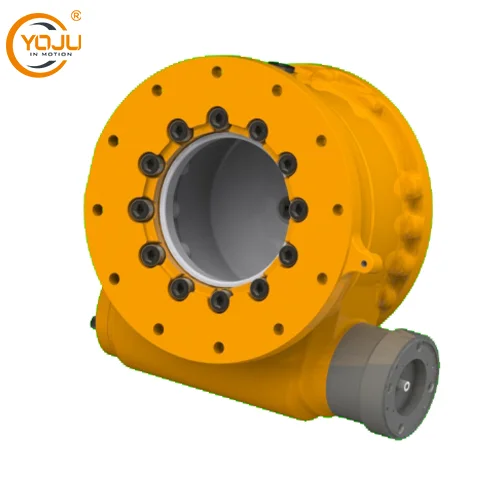
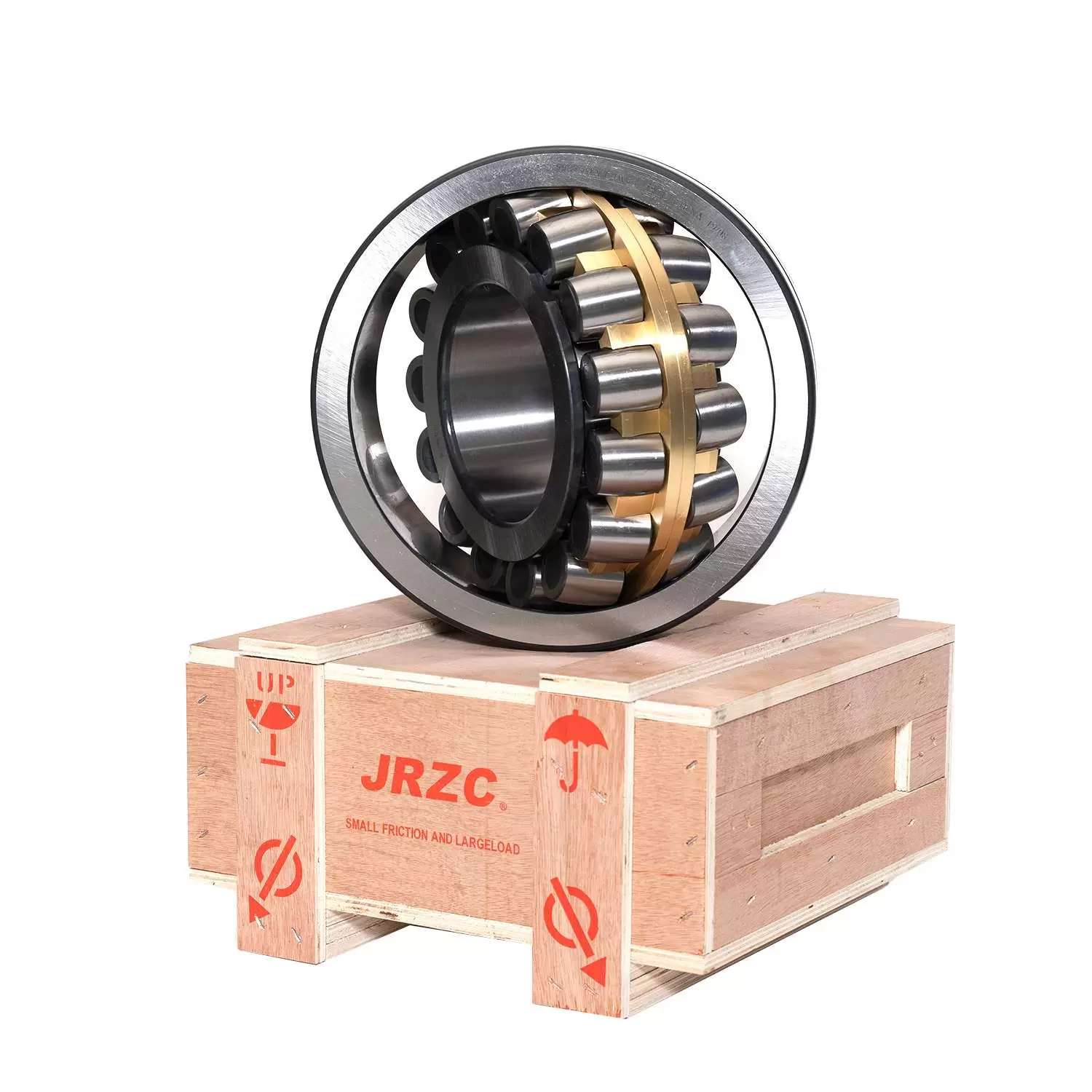

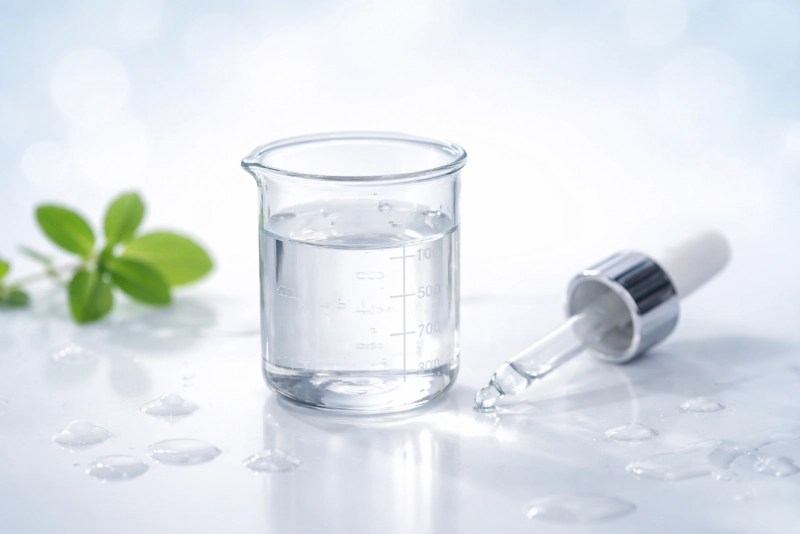

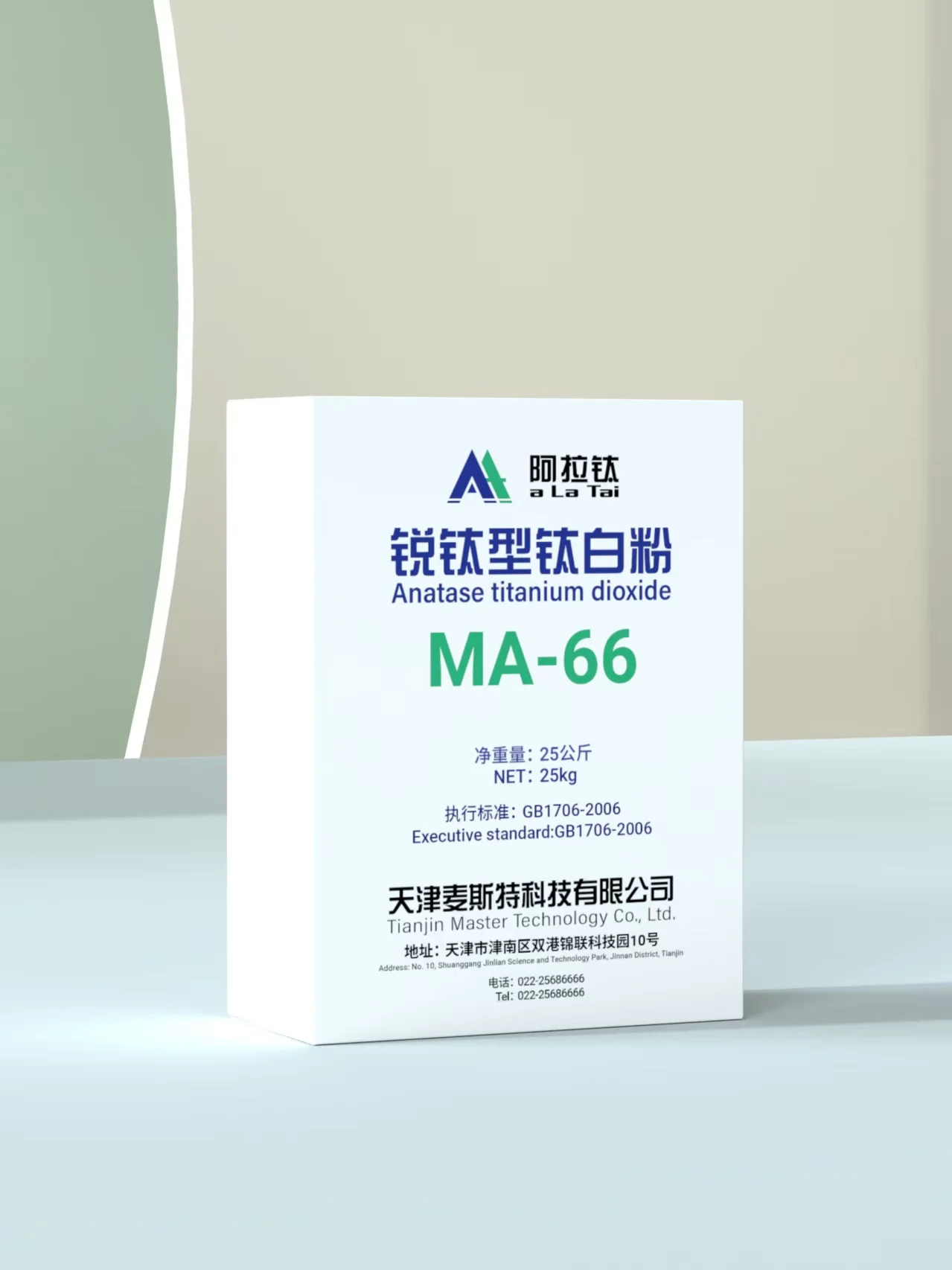
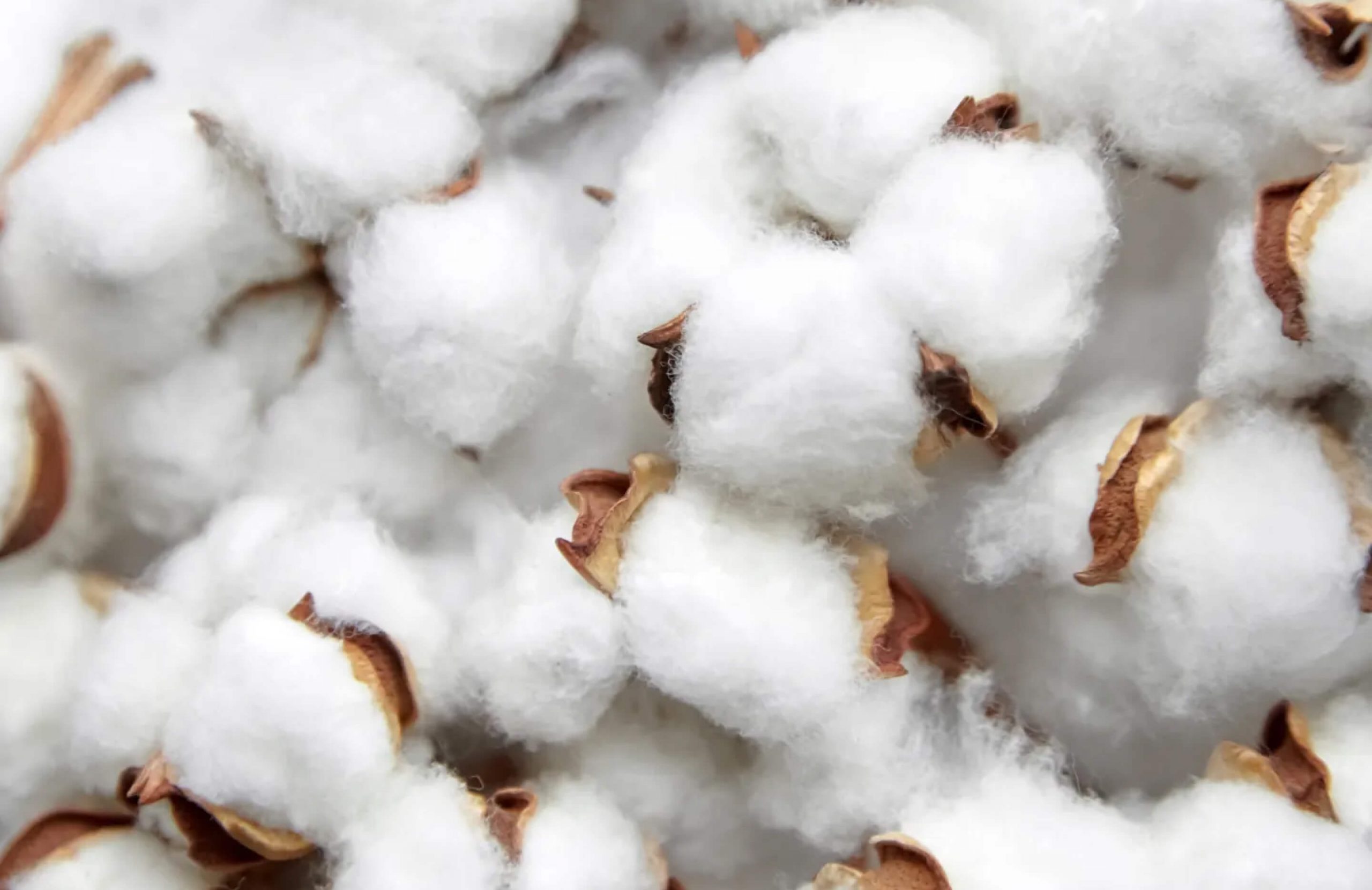
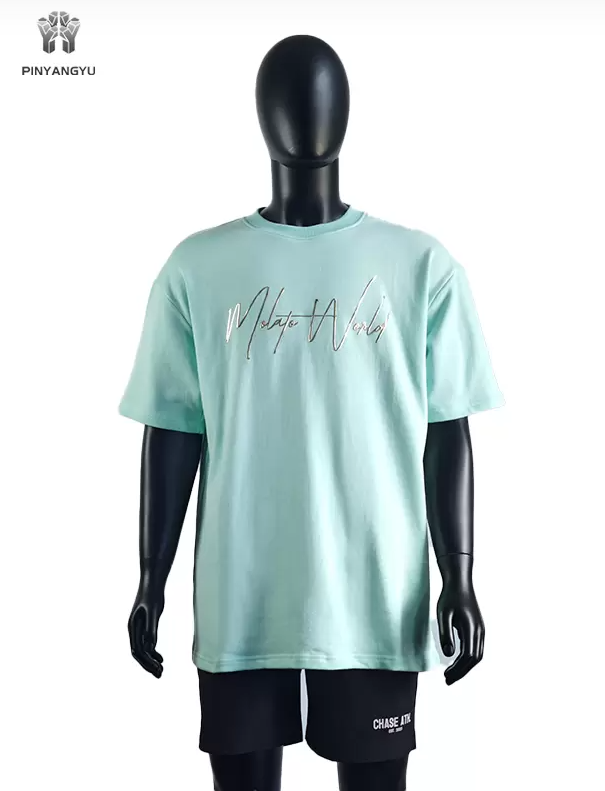
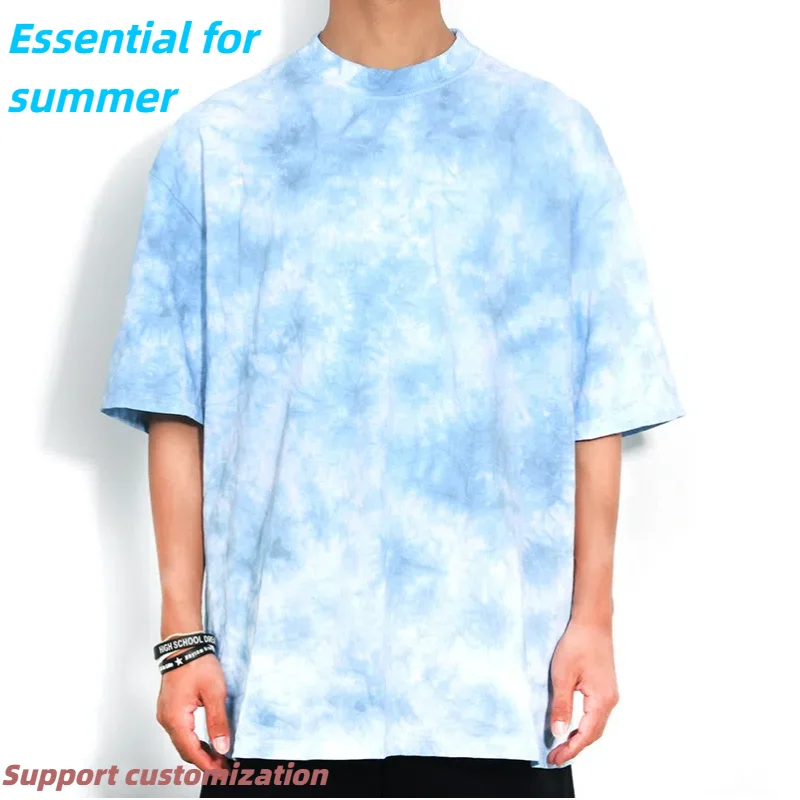
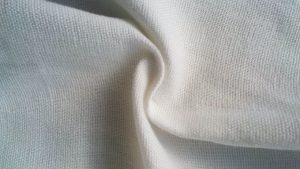


+ There are no comments
Add yours